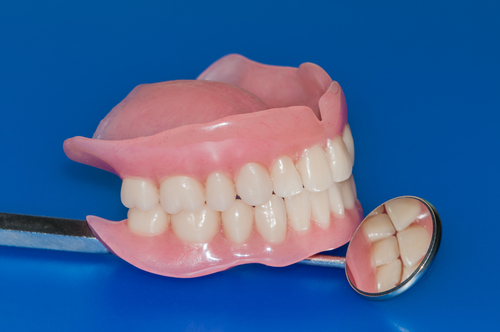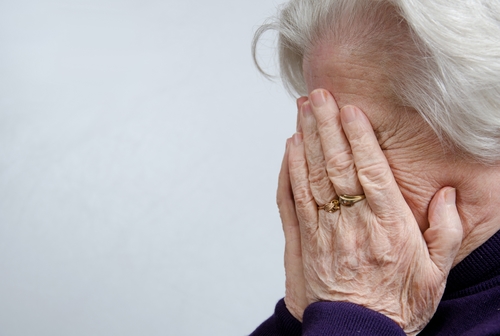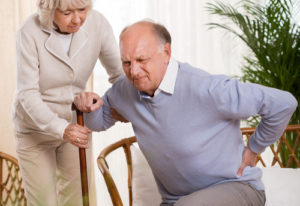
There are a bunch of reasons why our teeth start to yellow. It can happen because of what we eat, what we drink, or lack of proper hygiene. It’s also a natural part of aging. The enamel on your teeth wears off as you age. Here are 6 ways to get white teeth again.

6 Ways to Get White Teeth
The yellow comes from the inner dentin in our teeth. Medications can also cause the yellowing. There are ways to battle the yellowing of your teeth.
1. Changing Aspects of Your Lifestyle
Smoking and certain foods can stain your teeth. Things like red wine, dark sodas, berries, coffee, and tea are some of the biggest offenders.
You can reduce exposure to these things to help whiten your teeth. You can also try swishing with water after drinking or eating, or use a straw.
Of course, there is always properly brushing your teeth as well.
2. Stop Grinding Your Teeth
Grinding your teeth can cause them to yellow. The stress of the grinding causes your teeth to be discolored.
The motion of the grinding wears down the enamel and reveal your inner dentin.
3. The Right Way to Brush
The best way to prevent yellow teeth is taking good care of them. Keep up with brushing and flossing.
Use toothbrush that isn’t too harsh.
Brushing right also helps prevent cavities. Seniors are getting cavities 2 times more than teenagers are.
Whitening toothpaste is good at removing stains, but it’s not the best solution.
4. Over the Counter Products
These products can help lighten discolored teeth and are cheap compared to going to the dentist.
Though before using anything, you should check with your dentist to make sure you don’t mess up your mouth.
5. Bleaching
Bleaching done by your dentist is the least invasive way to whiten your teeth. Dentists use products that have hydrogen peroxide in concentrations ranging from 25 to 40%.
Dentists will protect your gums, tooth enamel, and the rest of your mouth, which is why it’s best to go with a professional.
The process lasts around an hour and can be very expensive.
6. Veneers
Veneers are a handy tool when it comes to teeth. It can change the shape or look of them. They are shells made of porcelain or resin that covers the teeth.
Your dentist can fix the shade of the veneer to match your other teeth or lighten a tooth.
Porcelain veneers are stain resistant and can last 5 to 10 years before they need to be replaced.
The process is irreversible.
Read more here.



















